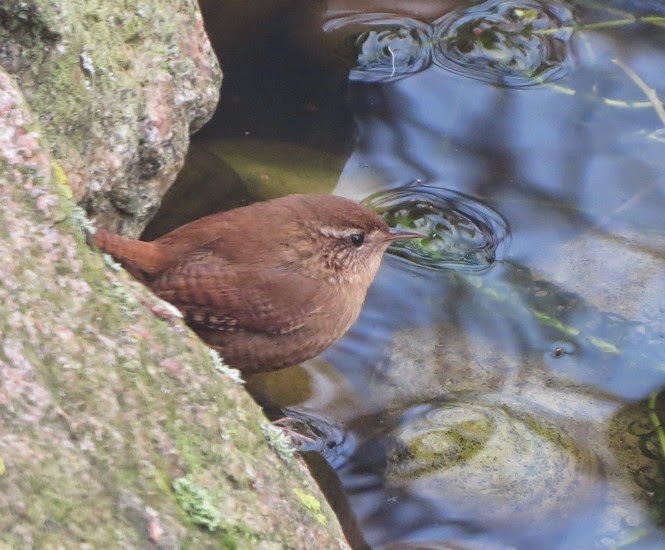 |
| Seed sowers -Kepler Street Plot |
It was the wettest of times, but like Hen Harrier day it was also one of the best of times... Not a bad turn
out considering the downpour, but then it was for a grand, worthy cause,
wildflowers for Everton and nature.
Last
year the Landlife National Wildflower Centre, Manchester City Council and the
Friends of Everton Park entered the Grow Wild England Landmark Project. The
project was named.’ A Tale of Two Cities’ and they won.
Grow
Wild is creating four high profile flagship sites, one in each UK country. Tale of Two Cities won the public vote in England
in November 2014
The vision is to deliver a unique cultural
landmark project in the northwest of England to:
-
redefine wildflower best practice
-
turn people’s heads and hearts
-
inspire new Grow Wild communities
The
plan was to sow bold landscapes in both Liverpool and Manchester on a grand
scale – about 10 hectares (equivalent to 20 football pitches!), and into the
spaces between where we can. Uniting the people and communities in both
cities to experience, celebrate and create Grow Wild adventures. Igniting a new
generation of wildflower lovers - especially aiming to involve local children.
A
Tale of Two Cities won £120,000 to achieve this. Liverpool and Manchester will
be forging new pathways between environment and culture, using music and arts
practice, to bring the beauty of wildflowers to people in intriguing and
imaginative ways. Our project will run until 2017.
I don’t work too far from
Everton Park and enjoy dinnertime strolls there in the summer. I’d seen areas of
white lines being marked out the week before, so when I read Damien Young’s
tweet (Young4Damian) about the seed sowing event.
I thought I’d mosey along.
Three areas of the park have
been marked out for wildflower
sowing, roughly large rectangles on the slopes overlooking the city.(Great view of the
city, river and out New Brighton and beyond by the way) Each plot representing
an old Everton street, long demolished and now buried under the park. Kepler, Sampson
and Druid Street.
 |
| Kepler and Sampson street plots |
 |
| Druid Street Plot |
Keeping in faith with the ethos
of links to the environment, culture, music and arts different organisations
and individuals were invited to observe and join in with the seed scattering.
Richard Scott, Landlife’s
Senior Project Manager led the event, Damian from the wildflower centre brought
the seed and distributed it to the scatterers. The chosen wildflowers were Poppy, Chamomile and Cornflowers - red, white and blue!
Ken Rogers
attended the event, author of the book ‘The Lost Tribe of Everton’’ thus
linking history and cultures of the area from past times.
 |
| John doing his reading, Ken to left |
The friends of Everton Park
& Everton in the community were well represented Foe’s John Hutchinson gave
a spirited reading from Charles Dickens’s a tale of two cities
It was the
best of times, it was the worst of times….
We even had a musical accompaniment
to the morning activities with Accordion player Helen Maher. Maybe we should have
sung ‘we plough the field and scatter’, instead we attempted streets of Everton
(Streets of London Ralph Mctell) mmh
Better
- Listen to Helen and Ian sing the war cry - Flowers to the
people - Vote for A Tale of Two Cities
This video
was made during the Launch event for our Tale of Two Cities Grow Wild England
Flagship bid to win 120K.
 |
| Helen provides the music for Silky Skills |
Well it is
Liverpool so we also had a little bit of football, in the form of - Richard Braithwaite (silky
skills) showing us some of his magical freestyle football skills
So there you have it, in a couple of month’s
the slopes will be in bloom.
I’ll be following their development with
interest, besides it will get me out the office for a couple of hrs, and it's good
for your mind and waistline!
Laura








.jpg)
